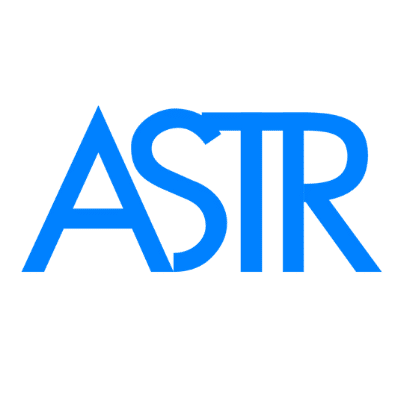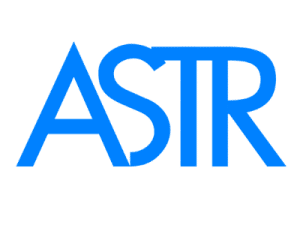Is Your Foam Roller Doing More Harm Than Good? A Safer, More Effective Alternative for Myofascial Release
Is Your Foam Roller Doing More Harm Than Good? A Safer, More Effective Alternative for Myofascial Release
Search terms: foam roller dangers, foam rolling side effects, safer alternative to foam rolling, best fascia tools
😖 Why Foam Rolling Might Be Making Your Pain Worse
Foam rolling is everywhere—from gyms to physical therapy clinics to YouTube tutorials. But what if the technique you’re using to “loosen tight muscles” is actually increasing your pain, stiffness, or even injury risk?
The truth is, foam rolling can be harmful if used incorrectly or excessively—and for certain people, especially those with chronic pain, inflammation, or sensitive tissues, it may do more harm than good.
Let’s explore the risks of foam rolling, what the latest studies say, and why thousands are switching to a smarter, safer alternative: ASTR tool-assisted myofascial release.
⚠️ The Hidden Risks of Foam Rolling
While foam rolling may offer temporary relief for some, it comes with several downsides that many people overlook:
1. Too Much Pressure on Inflamed Tissue
Foam rollers apply broad, deep pressure—often without precision. For people with inflammation, scar tissue, nerve sensitivity, or joint issues, this can exacerbate pain, cause bruising, and increase tissue damage.
2. No Targeted Release
Foam rollers can’t pinpoint specific myofascial restrictions or scar tissue. The blunt force approach fails to treat trigger points or adhesions effectively.
3. Spine, Neck, and Joint Risk
Rolling over bony areas (such as the spine, knees, or hips) may put stress on joints or compress nerves—leading to sciatic-like symptoms, neck strain, or joint aggravation.
4. Overstimulates the Nervous System
Aggressive foam rolling can trigger a fight-or-flight response rather than a healing, parasympathetic state. This is especially problematic for those with chronic fatigue, fibromyalgia, or anxiety.
✅ The Safer Alternative: ASTR Tools for Fascia Release
Dr. Joseph Jacobs, DPT, developed the ASTR (Advanced Soft Tissue Release) Method after recovering from chronic pain and fatigue himself. ASTR tools were designed to solve the problems foam rollers create by offering:
-
Precision-targeted release of scar tissue and fascia
-
Minimal pressure required—gentle enough for sensitive patients
-
No bruising, overstimulation, or nerve compression
-
Effective for myofascial release, trigger point therapy, scar tissue, and visceral restrictions
🔗 Explore ASTR Myofascial Release Tools
🧠 Why ASTR Tools Are More Effective Than Foam Rolling
| Feature | Foam Roller | एएसटीआर उपकरण |
|---|---|---|
| Precision | Broad pressure | Targets small fascial restrictions |
| Risk of Bruising | High with overuse | Minimal with light strokes |
| Ease of Use | Requires full body movement | Simple hand-guided use |
| Nervous System Response | May overstimulate | Calms inflammation & tension |
| निशान ऊतक रिलीज | Ineffective | Scientifically developed for scars |
| Best For | Athletes without chronic pain | Chronic pain, inflammation, fatigue |
📘 Recommended Reading: Pain No More by Dr. Joseph Jacobs
In his book Pain No More, Dr. Jacobs shares how foam rolling failed to relieve his own pain and how a targeted, tool-based approach helped him heal naturally. The book explains how inflammation, fascia, and scar tissue drive chronic pain—and how you can reverse it safely at home.
🔬 What the Research Says
-
Ajimsha et al. (2015): Myofascial release improves pain and range of motion more effectively than traditional massage
-
Cheatham et al. (2016): Foam rolling may offer short-term flexibility, but lacks consistent evidence for treating chronic pain
-
Langevin et al. (2006): Fascia transmits mechanical forces across the body and requires gentle, sustained release for therapeutic benefit
🧘 Final Takeaway
Foam rollers might offer a quick fix—but for many, they fall short or make things worse. Whether you’re recovering from injury, battling chronic fatigue, or trying to release stubborn tension, ASTR tools offer a safer, science-backed way to treat the root of the problem.

